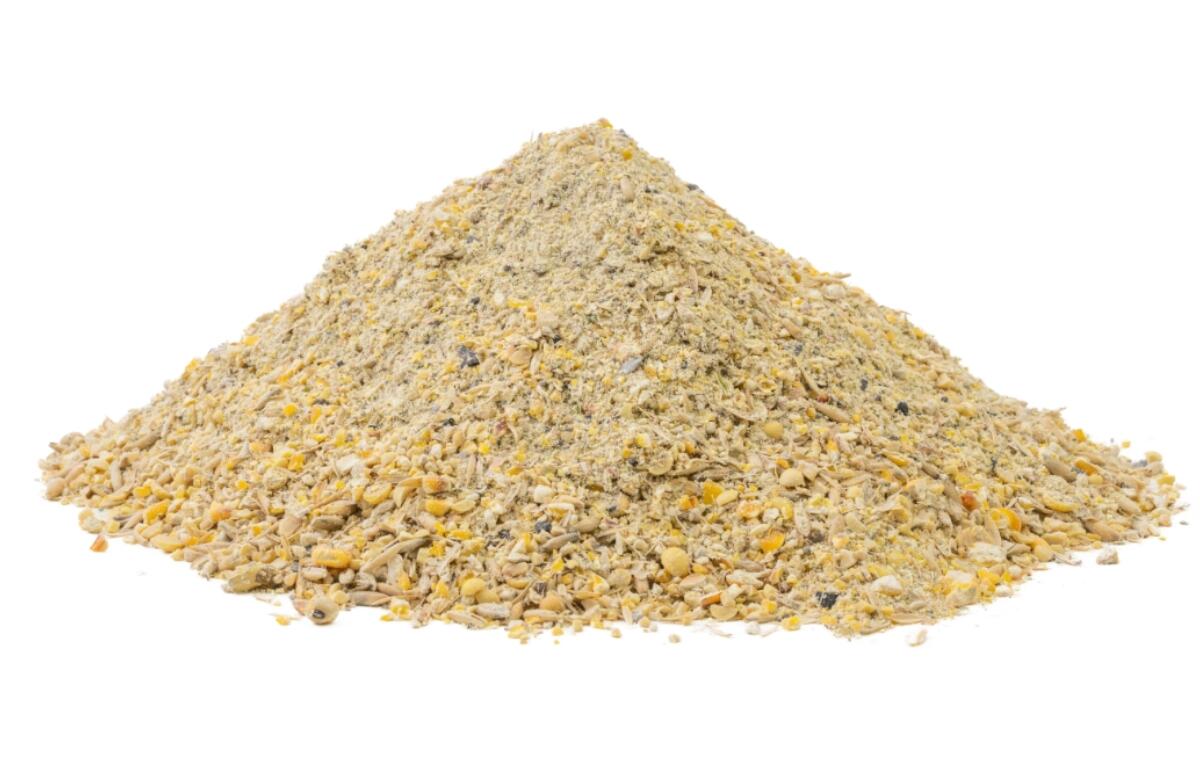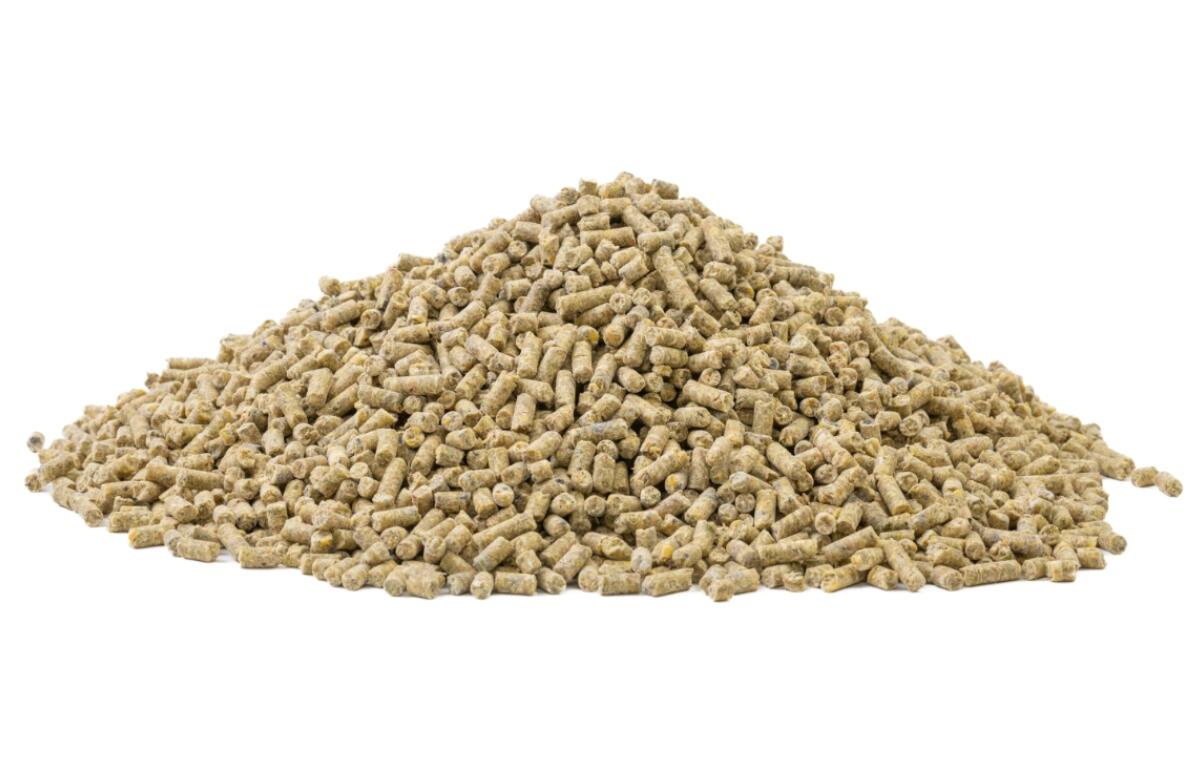At Sunrise Farms, care in what animals eat isn’t a sideline—it’s central to how they raise their stock and their eggs. Two of their recent articles — “Understanding Animal Feed: Pellets vs. Mash: Pros & Cons” and “All-Natural Eggs” — offer a look under the hood: what goes into their feed, how that affects animal health (and egg quality), and what values guide their processes. Below is a look at what they’re doing and why it matters.
Pellets vs. Mash: The Feed Forms
Sunrise Farms offers both pellet and mash forms of feed; each has advantages and trade-offs. Their non-GMO feed options are crafted with clean, whole grains, and without hormones, antibiotics, or other undesirable additions.

Mash
Mash is made by grinding grains and mixing them with protein and essential nutrients. This form of feed is soft and easy to digest, making it a great option for younger animals or those who need softer food.
Benefits
- You Can See What’s in It: Mash is made up of loose grains, so it’s easy to see what ingredients your animals are eating, giving you confidence in what you’re feeding.
- Supports Gut Health: Since it’s softer and bulkier, mash makes the animal’s gut work a little harder, which can promote better digestion and overall gut health.
- Ideal for Smaller or Younger Animals: Mash is easy to chew and digest, so it’s often the preferred choice for younger animals or those with smaller mouths, such as baby chicks.
Drawbacks
- More Waste: Because mash is a loose feed, it can be harder for animals to eat without spilling or leaving leftovers behind, especially if they don’t eat it all at once.
- More Fines: Because mash is a loose feed, it is easier for animals to eat the larger grains but leave out the finer particles and minerals.
- May Require Moistening: Some poultry animals may need their mash moistened with water to keep the fines mixed with the larger grains in order to avoid waste. Tip: only moisten what can be eaten in a day.

Pellets
Pellets start out as a mash but are processed further by adding heat and pressure to form compact, uniform pieces. This process helps lock in nutrients and makes the feed easier for animals to eat.
Benefits
- Nutrient-Rich: Each pellet contains the right balance of nutrients, so your animals get a complete diet in every mouthful.
- Less Waste: Since pellets are compact and easy to eat, they tend to result in less waste and less feed cost.
- Convenient & Easy to Handle: Pellets are cleaner and easier to store, making feeding simpler and more efficient. They also minimize the mess compared to loose mash.
Drawbacks
- Less Transparency: With pellets, you can’t see the individual ingredients, which may be important for farmers who prefer to check the makeup of the feed and see whole grains.
- Can Be Harder to Adjust To: Animals that are used to mash may take some time to get used to the texture of pellets. For instance, the egg production of laying hens could temporarily drop mid-flock when they switch from mash to pellets.
- More Expensive: The process of pelletizing is more labor intensive which translates into higher feed prices.
Sunrise Farms notes that the “right” feed depends on the specific animals, their life stage, and the operations of the farm. They also emphasize that regardless of form, their feed is non-GMO, free from antibiotics or hormones, and made with whole grains.
Why Feed Choice Matters: Beyond Nutrition
Choosing feed form isn’t just a matter of cost or convenience. At Sunrise Farms, feed influences many other facets:
- Animal welfare: Feed that aligns with natural behaviors (like foraging or pecking) tends to reduce stress. The farm also emphasizes free-range access for layers (hens that lay eggs).
- Egg quality: Animals that forage and feed on non-GMO, well-balanced diets produce eggs richer in certain nutrients: omega-3 fatty acids, vitamins (A, D, E, B-12), folic acid, beta-carotene.
- Food safety & consumer trust: By avoiding hormones, antibiotics, and GMO feed, Sunrise Farms seeks to offer a product that aligns with increasing consumer demand for transparency and all-natural sources.

All-Natural Eggs: What Sunrise Farms Means by “Natural”
Sunrise Farms doesn’t just stop at feed; they extend their principles through how they raise their layer hens and how they handle the eggs.
- Hens are free-range, with access to the outdoors and ability to forage naturally (bugs, worms, etc.). They self-feed non-GMO feed.
- Eggs are collected by hand daily, sorted by size (from younger to mature layers), hand cleaned and weighed.
- Layers are not overfed or underfed—Sunrise Farms aims to allow natural feeding and feeding tendencies.
- Guard dogs (Great Pyrenees) help protect the flock from predators, a small detail that reflects their commitment to welfare.
Takeaways for Farmers and Consumers
- If you’re a farmer: Consider matching feed form to your animals’ history, cost structure, and how much labor/attention you can give during transitions. Pellet feed may cost more but could offer efficiencies and consistency; mash could be more flexible and lower cost if managed well.
- If you’re a consumer: Look for transparency in how animals are fed, raised, and cared for. Labels like “non-GMO,” “free-range,” “all-natural,” when backed by clear practices (as at Sunrise Farms), can make a difference in nutrition and personal satisfaction.
- Either way, feeding is just one component of what makes a healthier, higher-quality product. Animal welfare, environment, handling, processing—all matter.




